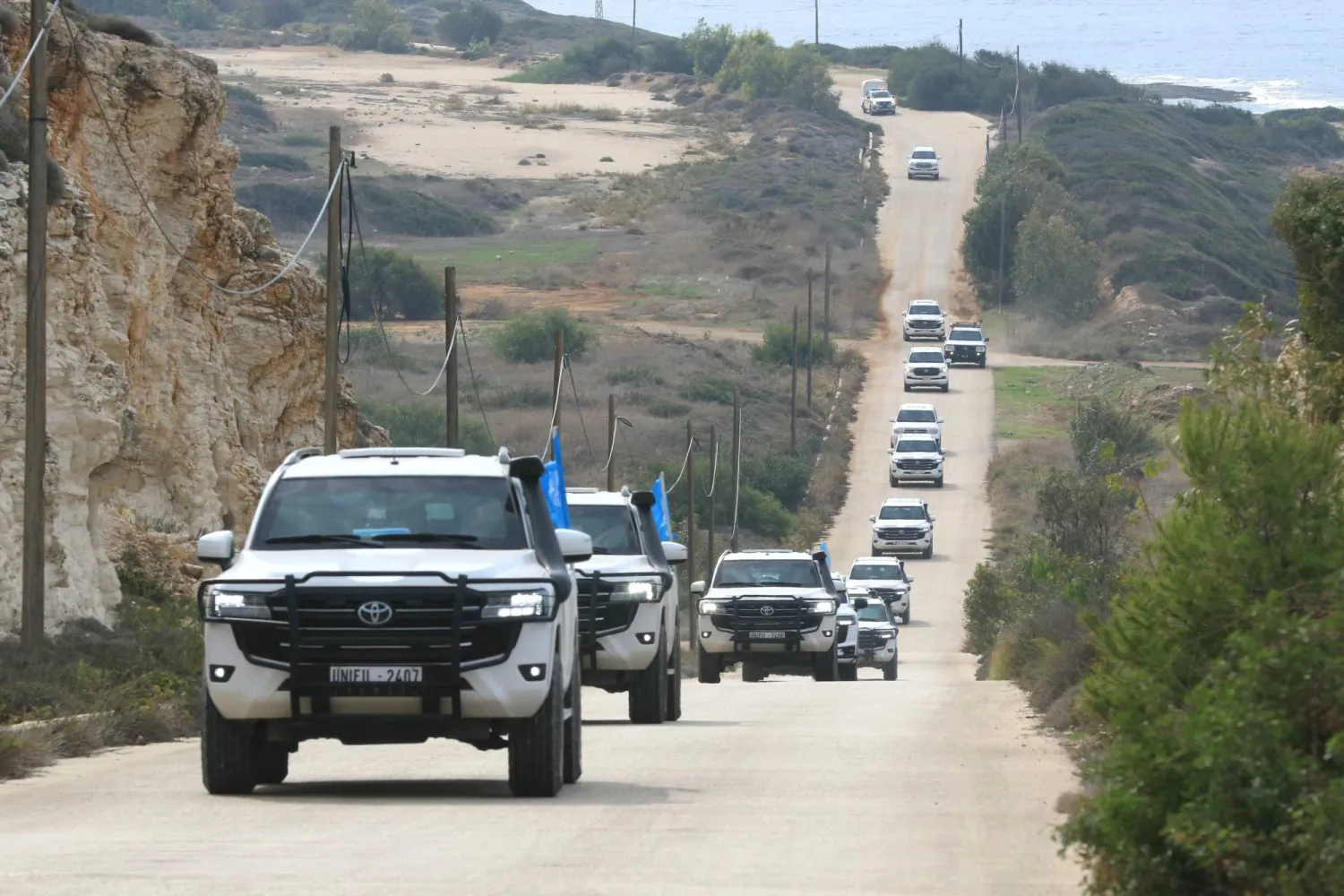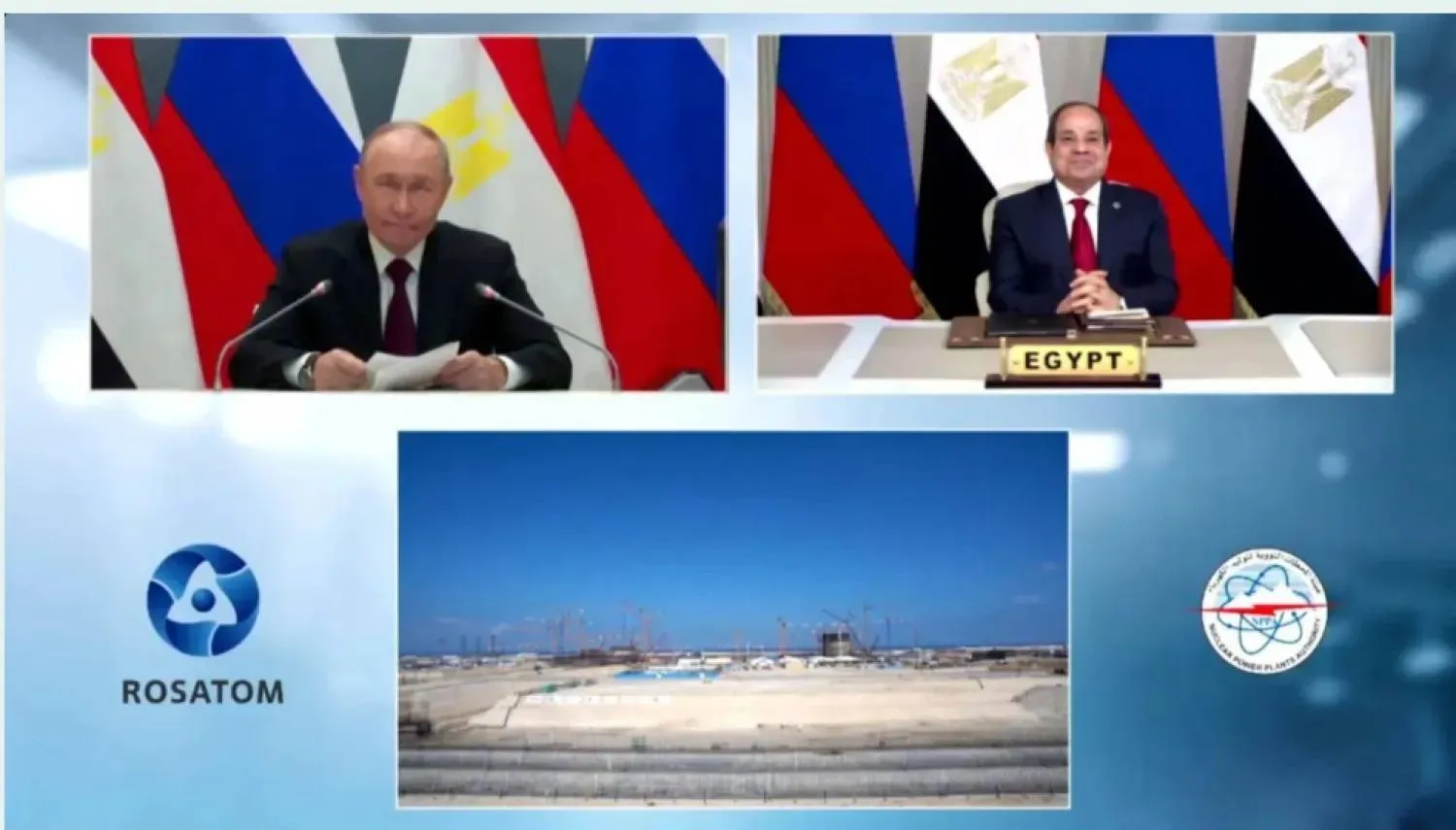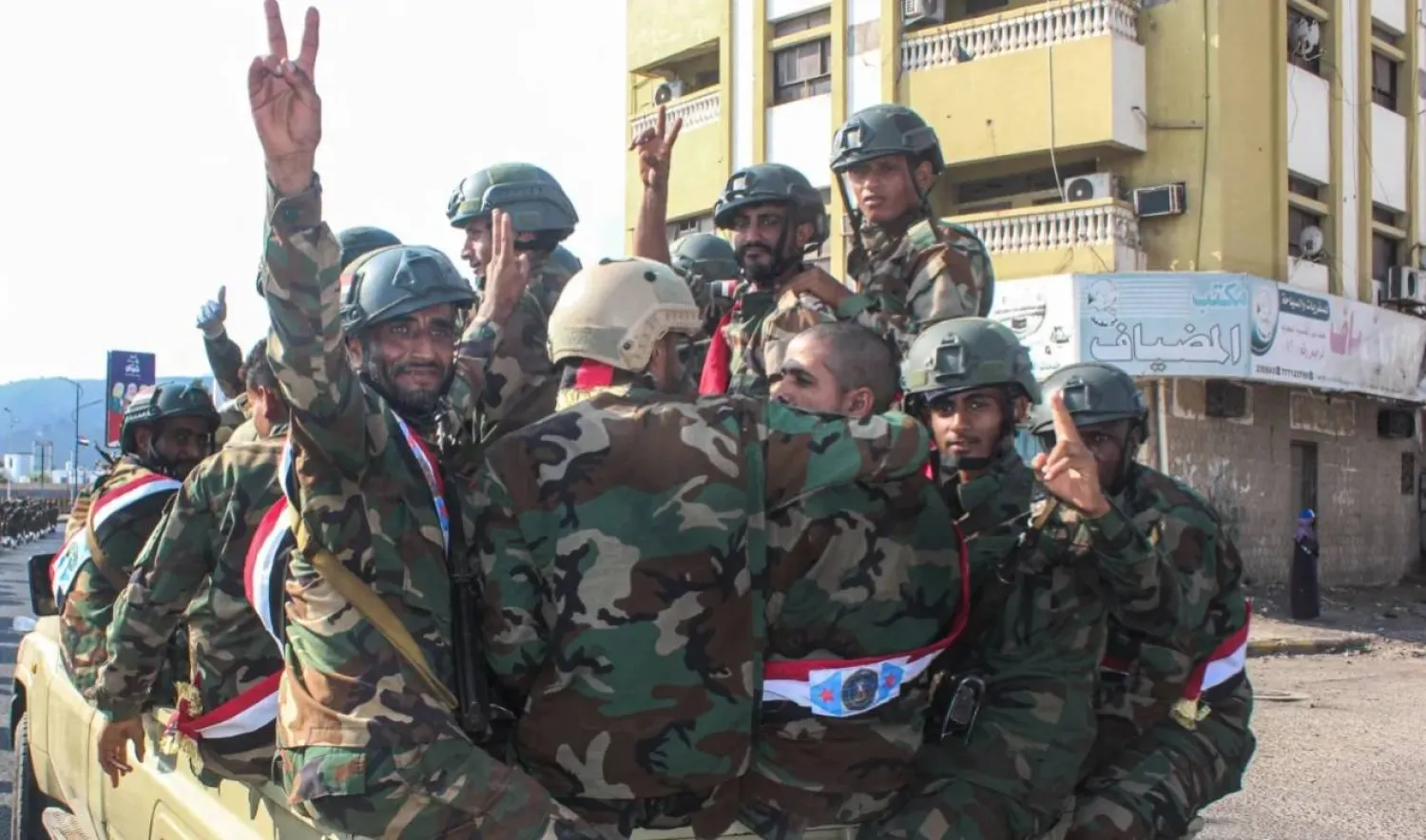Prime Minister of the Libyan Government of National Unity Abdelhamid Dbeibeh and the head of Chad’s Transitional Military Council, Lieutenant-General Mohamed Idriss Deby, agreed Tuesday on securing joint borders to stop the infiltration of extremist groups and fighters.
The Libyan Prime Minister visited the capital of Chad, N'Djamena, on Tuesday, accompanied by Foreign Minister Najla Al-Manqoush, Interior Minister Khaled Mazen, and GNU Chief of Staff Mohamed Al-Haddad.
The delegation was received at the airport by Chadian Prime Minister Albert Pahimi Padacke and Foreign Minister Moussa Faki Mahamat.
The meeting between Dbeibeh and Deby discussed advancing relations, strengthening cooperation, particularly on security, and supporting efforts in fighting mercenaries and terrorism.
The Libyan PM said his government wanted to strengthen bilateral relations with Chad as part of continuous cooperation between the two countries.
The two officials discussed efforts to defeat terrorism, secure borders and activate the quadripartite agreement aimed at reducing the risk of transnational organized crime.
In May 2018, a four-way agreement was signed between Libya, Niger, Sudan and Chad, stipulating the deployment of forces to secure the joint border and combat cross-border crimes and undocumented migration.
In this regard, Dbeibeh called on the international community to support Libyan-Chadian efforts to secure their borders.
He also called for the establishment of a joint Libyan-Chadian committee, including economic and trade experts, capable to define the common priorities of both countries and to place the mechanisms for implementing them.
The Libyan PM then discussed ways to increase the volume of trade exchange between the two sides and means to facilitate the movement of goods, and the possibility for Chad to benefit from Libyan ports.
Last August, Dbeibeh and Presidential Council member Musa al-Koni agreed on the importance of removing Chadian mercenaries from Libyan territories.









